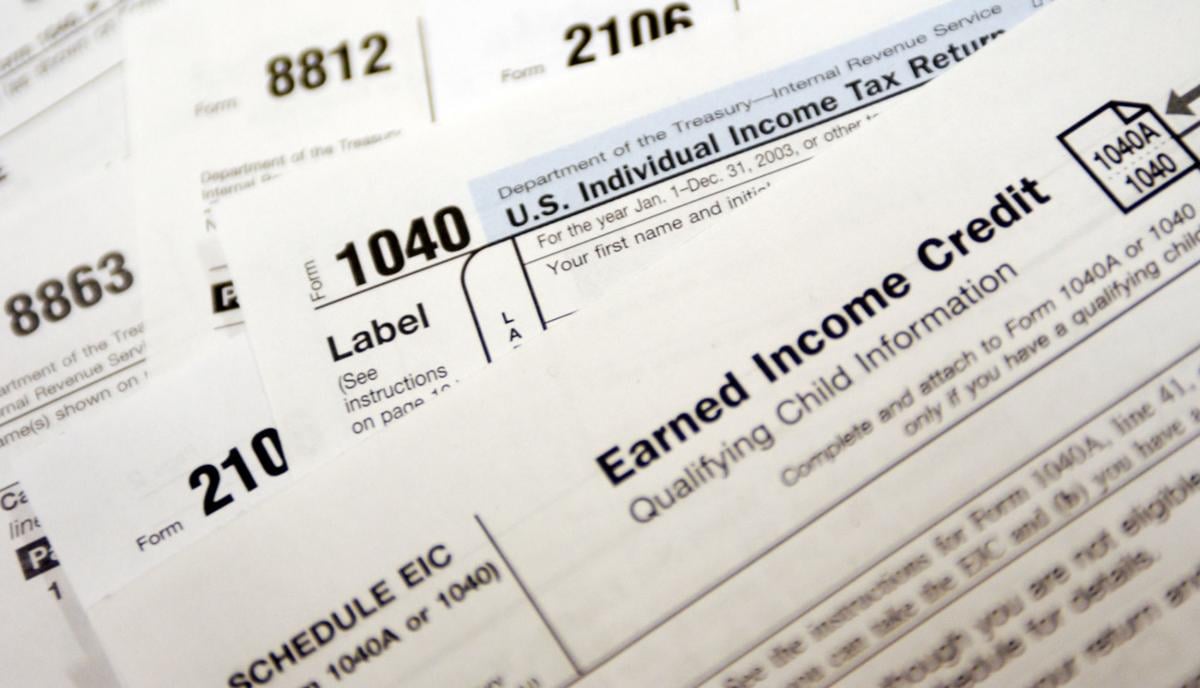Arizonans are in line for an income tax cut when they file their returns next April.
But don’t go planning that vacation to Europe — or even Los Angeles — just yet.
A new law is boosting the standard exemption on state tax forms. For individuals the increase is $50; couples get twice as much.
But there’s less there than meets the eye.
The exemption comes off each taxpayer’s adjusted income, the figure against which the actual taxes are computed.
So even for those making more than $155,159 a year, where the state’s top tax bracket starts, that $100 they can exempt from their taxable income translates out to a tax cut somewhere in the neighborhood of $4.50, enough to buy a couple of gallons of gas.
And those earning less will see a smaller reduction.
But House Speaker J.D. Mesnard, who shepherded the tax cut through the Legislature earlier this year, said the change, despite its small size, is long overdue.
“Over the last decades we haven’t changed the personal exemption despite the fact that inflation has made the personal exemption worth less and less every year,” he said.
With the change, the exemption for individuals goes from $2,100 last year to $2,150 on the 2017 personal income tax form, the one to be filed next April. Couples get an additional $100, bringing the exemption to $4,300; for couples with children the additional $100 takes the exemption to $6,400.
An identical increase is set for the 2018 tax year. After that, the figure will be altered annually to match inflation.
But, again, all this does is lower the taxable income, the figure against which individuals and couples then compute what they owe.
“It may have been a small adjustment,” Mesnard said. “But it’s still a meaningful one in terms of what it communicates to the taxpayer moving forward.”
Mesnard conceded there also was a political motive behind the tax break.
He was trying to line up the votes for the state budget. Some of his fellow Republicans were balking at not only the $9.8 billion spending plan but also giving the state’s three universities the authority to borrow $1 billion for new construction and repairs.
“There were some of my colleagues who felt like one big thing that was missing from the overall package, including the fact that the bonding proposal was part of the overall package, was something specifically for the taxpayer,” Mesnard said. “This was a nominal but reasonable and still meaningful adjustment that helps every single taxpayer in the state.”
This isn’t the first time that lawmakers have tweaked the tax code to account for inflation.
Another provision of law requires an annual adjustment to the standard deduction available to filers who do not itemize.
The Department of Revenue, which just made the computations, said that figure was $5,099 for individuals and $10,189 for couples. The 2017 tax forms will alter that to $5,183 and $10,336, respectively.
And there is another state law designed to help control “bracket creep,” where individuals find themselves thrown into a higher tax bracket simply because they got a raise. Now, those brackets are automatically adjusted to account for inflation.
For 2016, the lowest tax rate — 2.59 percent — applied to individual earnings of up to $10,179. The new figures announced by the Department of Revenue now apply that rate up to $10,346.
There are similar increases for other tax brackets.
Here, too, however, the difference is minimal, with the savings for someone who gets a $100 raise being in the neighborhood of a dollar a year.
Corporations, however, are another matter.
Before 2014 corporations were paying taxes at a rate a hair below 7 percent. Now the actual tax rate — the percentage the state gets — is down by close to a third, to 4.9 percent.
Those changes were pushed by Republican legislative leaders who said they would promote economic development by convincing firms to relocate here and getting those already in Arizona to expand.
The results have not been as promoted.
In 2015, before the breaks started kicking in, Arizona collected $663 million in corporate income taxes.
This year corporate collections are projected to reach just $314 million, slipping to $272 million next fiscal year.
Even Jan Brewer, who was governor at the time and agreed to the cuts, eventually conceded that the reductions were “a little bit too aggressive,” leading to a reduction in revenues needed for state services.
“Sooner or later, you have to pay the fiddler,” she said.





